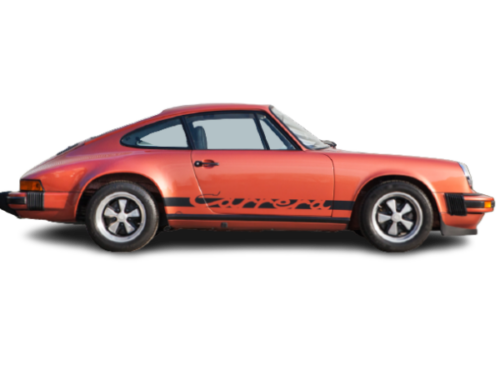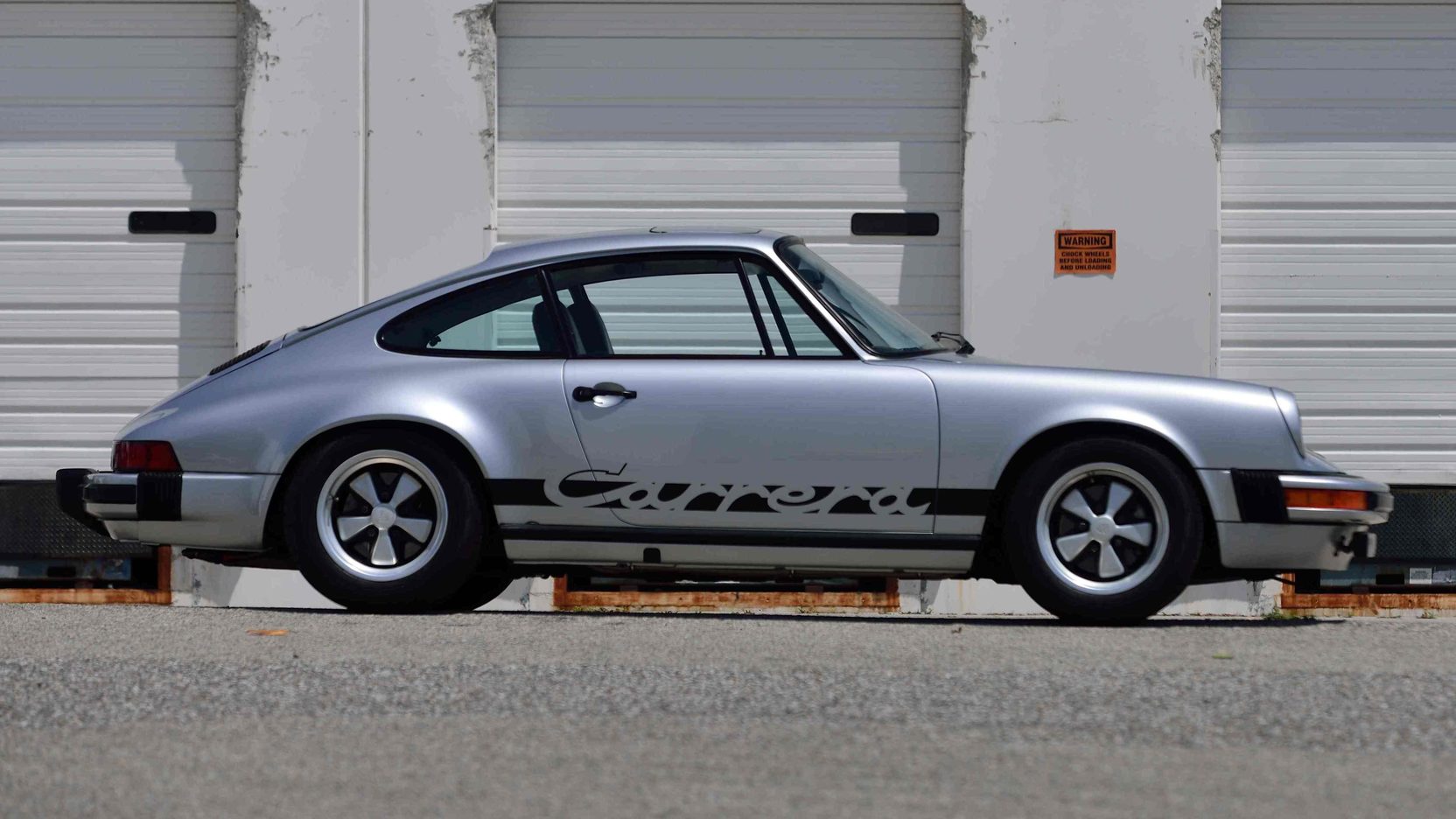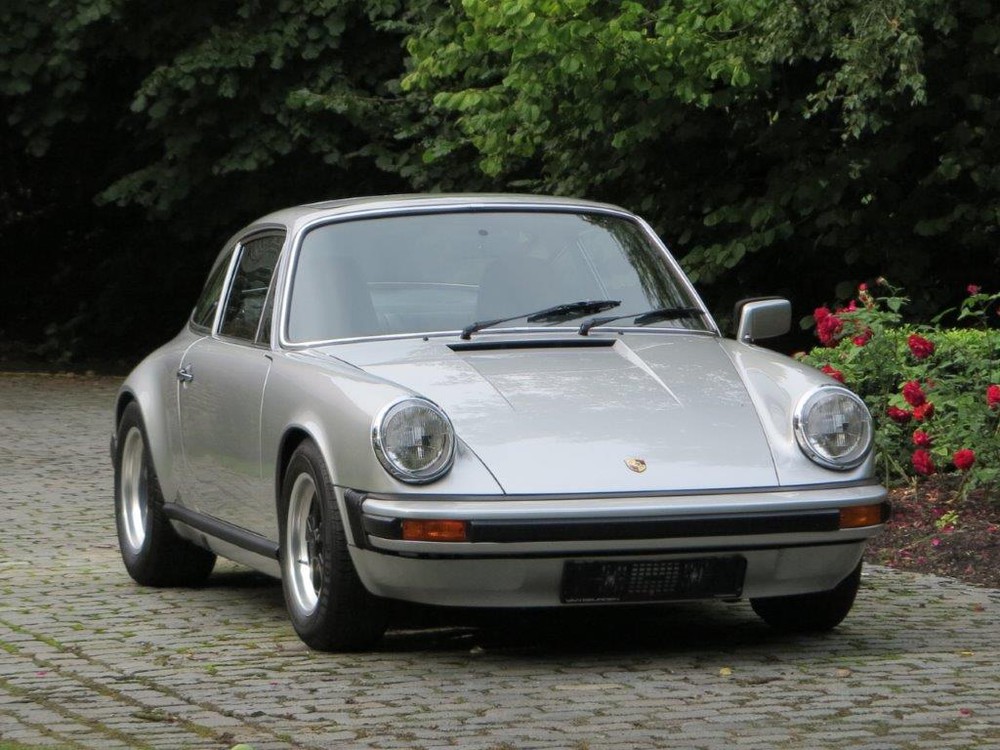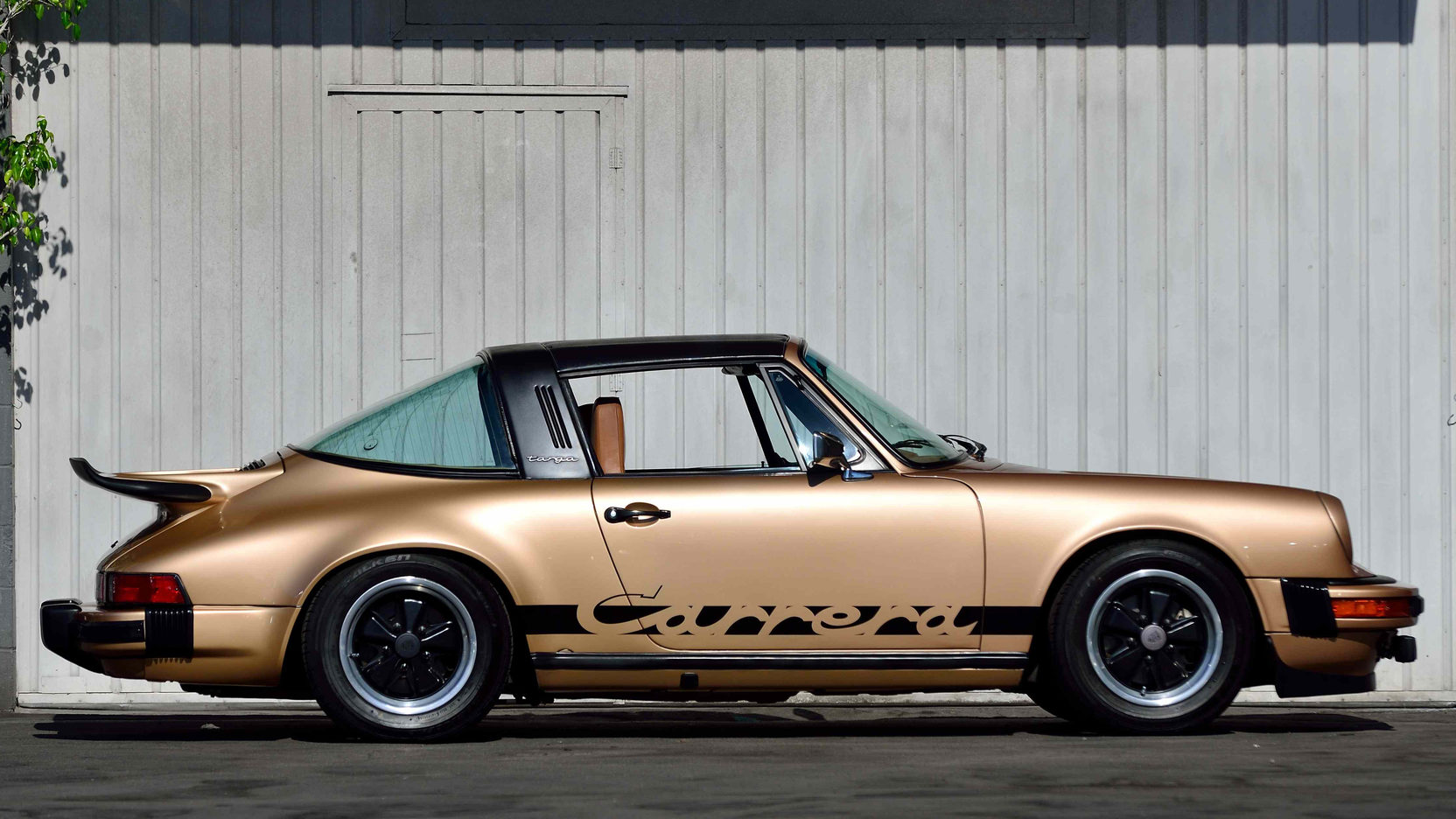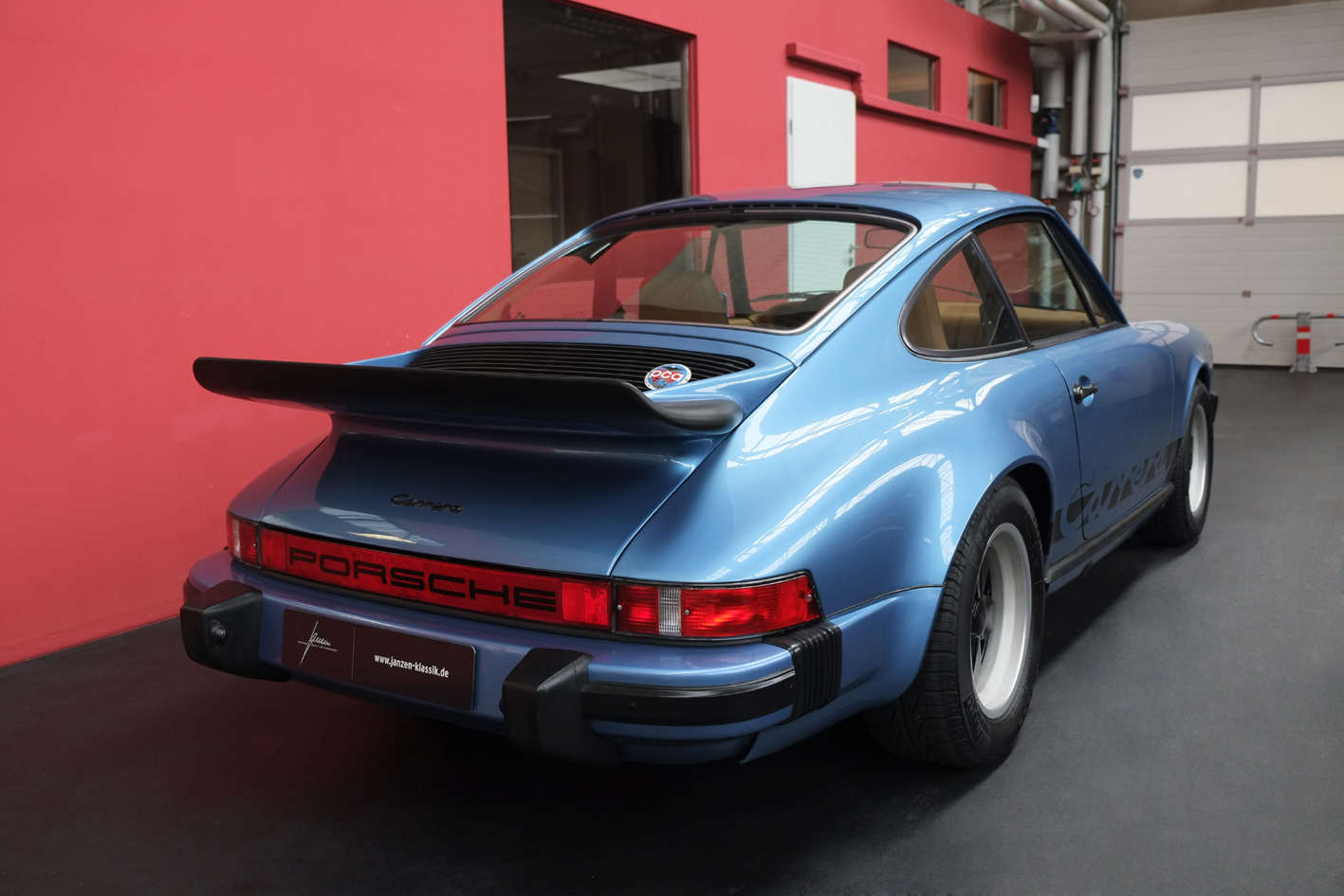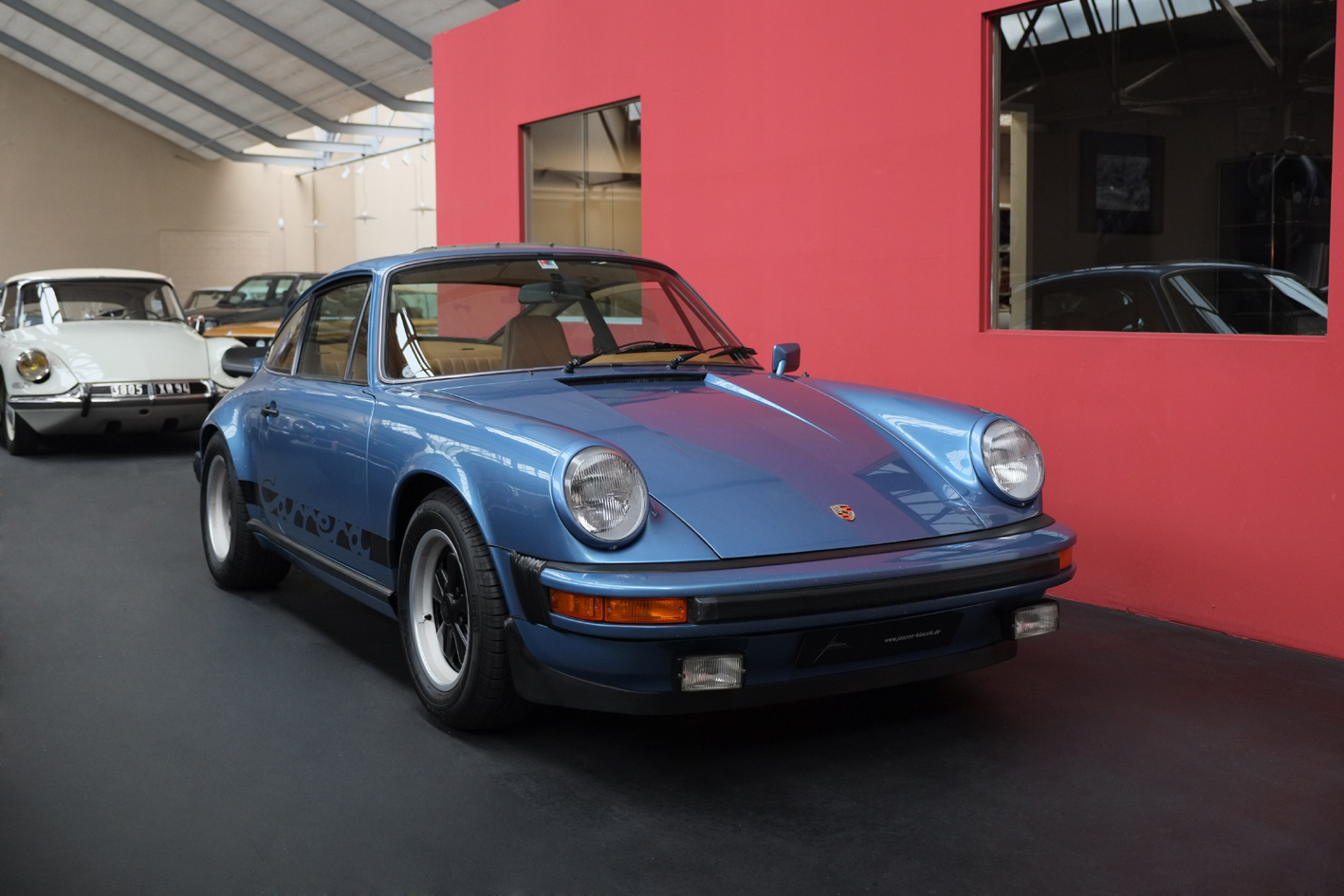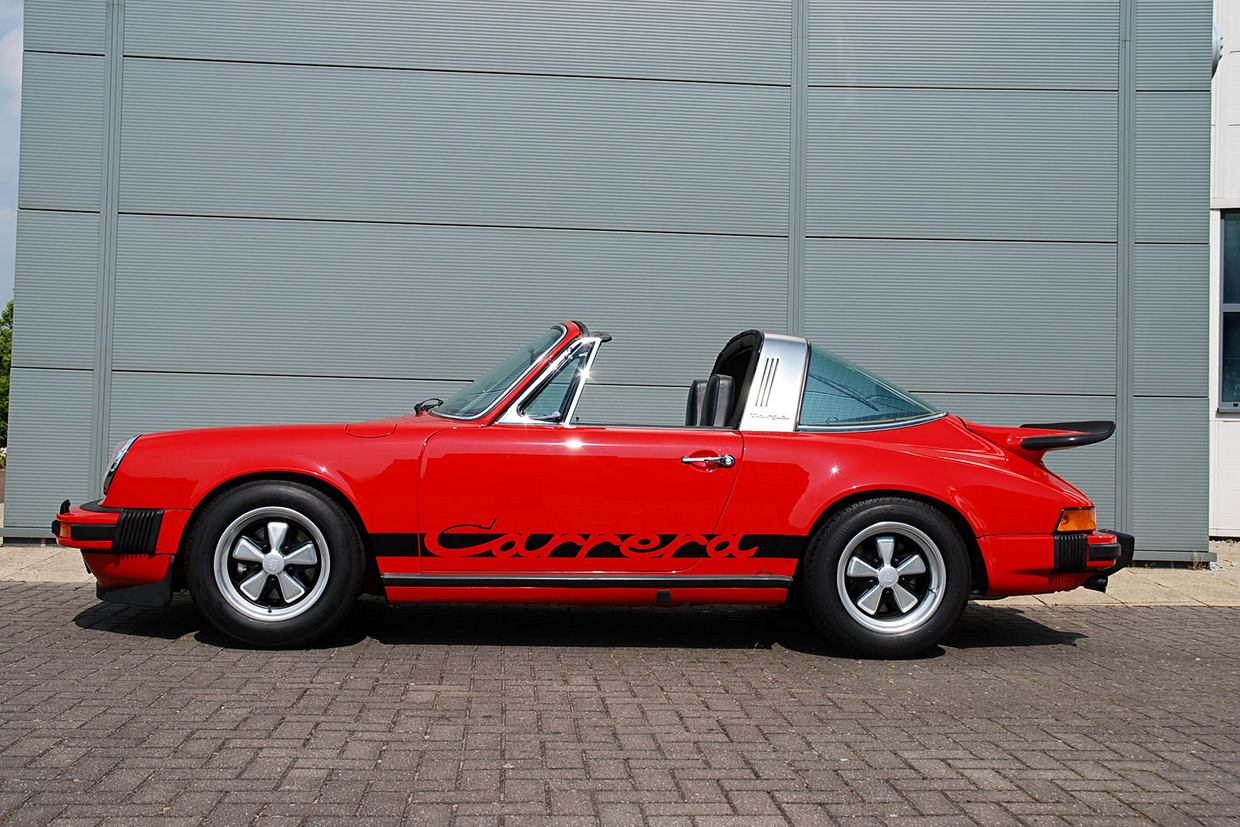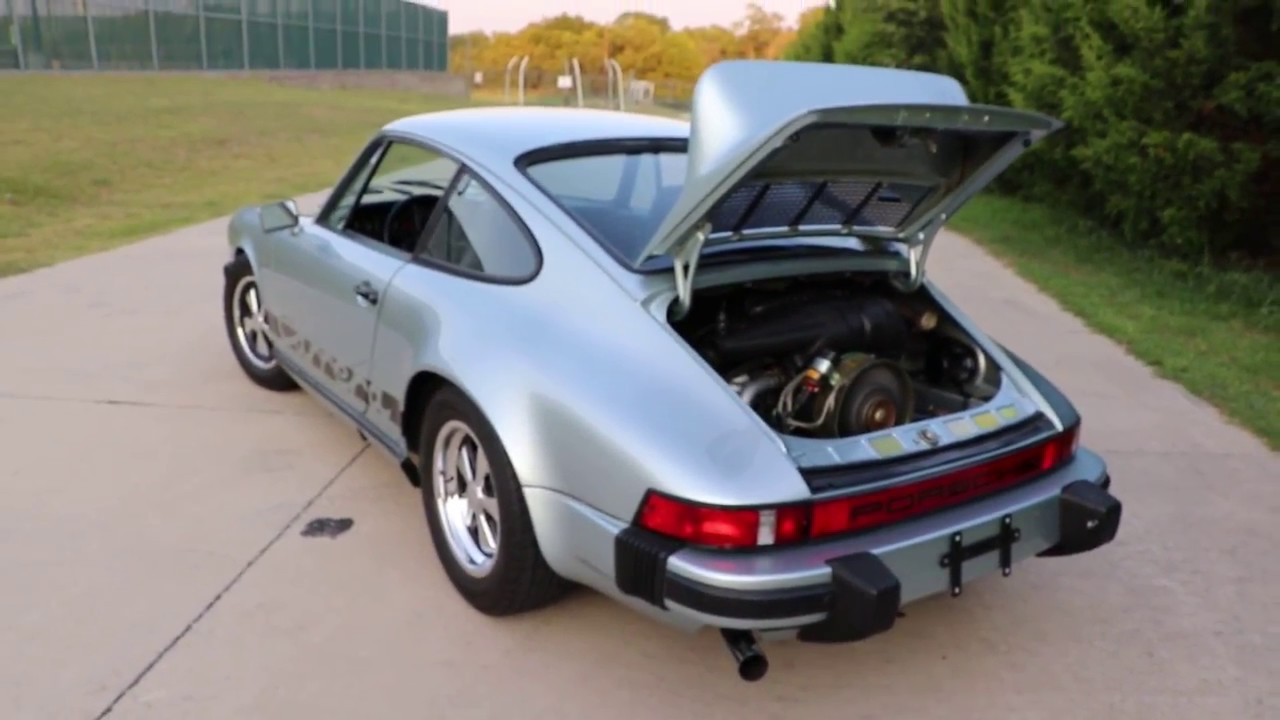(1974 – 1975) Porsche 911 Carrera 2.7 CIS – Ultimate Guide
The entry level 911 had 150 bhp, while the middle 911 S got 175 bhp and the top of the line 911 Carrera got 210 bhp. That is of course unless you lived in the United States, largely because by the early 1970s, complying with tightening US safety and emission legislation was becoming a real headache for most high performance European manufacturers, so they had to create North American specific models.
The Porsche 911 Carrera 2.7 Coupe for the North American market was the top variant of the 911 available between 1974 and 1975. Often referred to as the Carrera 2.7 CIS, it was powered by the same engine in the 2.7-Liter 911S producing 175 hp. Its more powerful sibling for non-US markets (ROW) is known as the Carrera 2.7 MFI. For the 1976 model year, the US-spec Carrera 2.7 was phased out in favor of the 2.7L 911S variants or the 911 Turbo 3.0.
The is no doubt that the the Carrera 2.7 model built for all markets, except for the United States, was the more interesting and exciting car. It used the 210 hp RS 911/83 engine with Bosch mechanical fuel injection pump from the 1973 Carrera RS. Known as the Carrera 2.7 MFI models were built from 1974 until 1976 and were mechanically identical to the 1973 Carrera RS.
On this page we take a closer look at the Carrera 2.7 model produced for the North American markets, often referred to as the Carrera 2.7 CIS. The 911 Carrera was essentially banned from the USA in its normal 210 bhp configuration as the mechanical fuel-injection and radical valve timing did not meet Federal standards. Instead, it was powered by the same 2.7-litre engine as the 911S which produced 175 hp. The initial Carrera 2.7 models had the same welded-on rear RS flares, before switching to the SC stamped style rear flares during the middle of the 1974 production year. The Carrera 2.7 coupes weighed in at 2,370 lb, the same weight as the 1973 Carrera RS Touring.
Other changes made to North American destination cars was red tai-lights and bumpers mounted on hydraulic shocks, thanks almost exclusively to meeting American regulations. For the 1974 model year, the Carrera 2.7 was available with the “ducktail” rear spoiler first introduced with the 1973 Carrera RS. In the North American markets, the ducktail was standard equipment for the Carrera. All other markets the ducktail was optional, except for the home German market where the ducktail had been outlawed by the TÜV road homologation department. This led to the introduction of the whale tail rear spoiler, available as an option on the 1974-75 Carrera 2.7 models, as well as the newly introduced 930 Turbo.
Other new features for 1974 included new seats, a full-width rear taillight. The Carrera deleted all the chrome off the car in favor of black window frames, wipers, doorhandles, but chrome could be ordered as an option. The 911 Carrera was the top-dog of the 911 range. There was the base 911, the 911 S and then the Carrera on top. The base car was the big seller, followed byt he Carrera and then the mid-range S.
For 1975 model year cars, Porsche upgraded the 911 with a new heating fan, extra sound insulation and body colored headlight surrounds as standard. Gone was the ducktail spoiler option and in was a whale tail rear spoiler option. Once again the US cars were weaker than their counterparts overseas, getting just 175 bhp in the 911 S (versus 210 bhp for everybody else). We also saw the bottom model 911 removed from the from the US, instead giving US consumers the option to get a de-tuned 911 S engine. In 1976 Porsche replaced the Carrera with a new 3.0 liter variant that used a different engine.
Videos & Reviews
Pictures



